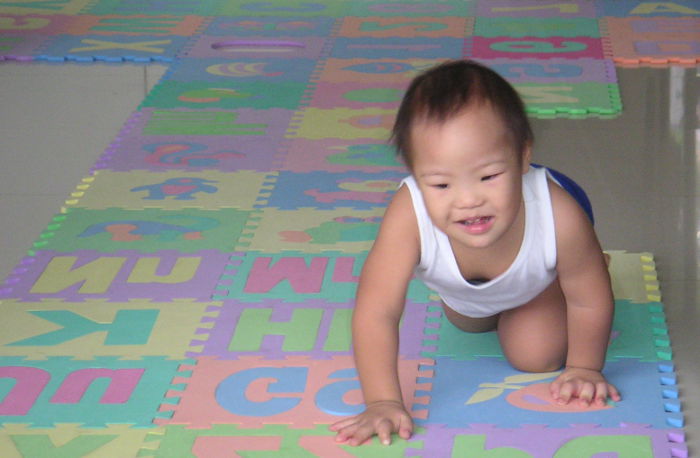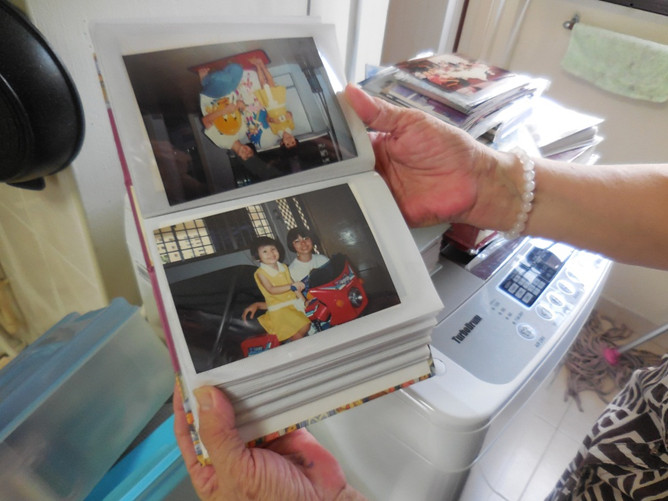Being a working mother can be a very rewarding experience, but it can also be challenging and stressful. It is never an easy task to strike a balance between the duties at home and the responsibilities at work. If you are a new mother or a SAHM heading back to the workforce, you may even be surprised with a whole lot of things that you didn’t know about! Here are 10 things to begin with!
1. Maternity Benefits
You are pregnant, but are you scared to inform your superior about your pregnancy? Well, you don’t have to be! If you have been working with your company for more than 3 months, you are entitled to 4 months of maternity leave. From July 2017, public servants will get extra four weeks of unpaid infant-care leave per parent, which can be taken within the child’s first year. Not to mention, you are protected against unfair dismissal and treatment at work too!
A 27-year-old first-time mummy was working as an early childhood educator when she got pregnant. She had already cleared her probation of six months and her employer did not mention any issues with her performance.
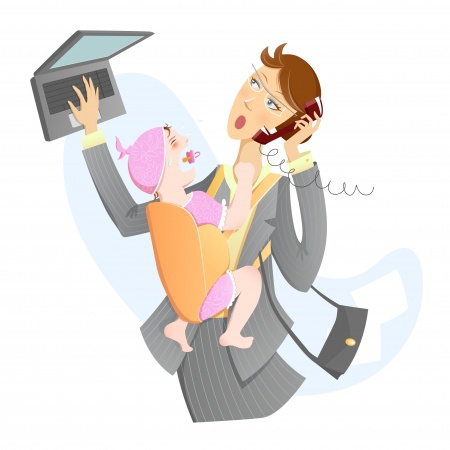
When she informed them about her pregnancy, the company terminated her, pushing the blame to “poor performance”, although she suspected it was due to her pregnancy. She felt upset and demoralised, worried that she would not be able to cope financially.
She emailed the Education Services Union for help. The union quickly lodged her case with MOM and assisted in getting her two months ex-gratia payment and another 8 weeks of government-paid maternity payment from her company.
2. Share your workload with your spouse
Four months of maternity leave may seem like a long time to you, but the truth is, it is barely enough to adapt to the new responsibilities as a new parent! All mothers will nod in agreement on how many new responsibilities they have to juggle and they barely have enough, for a good rest.
But the good thing is, Dads are entitled to one week of paternity leave too! Spread your love and share the responsibilities with your spouse, he will be glad to get some hands-on experiences as well!
Both parents can each take an additional 6 days of unpaid infant-care leave per year if the child is under 2 years old.
3. Childcare leave for both fathers and mothers
Besides your annual leave, now you are entitled to childcare leave!
Childcare leave is applicable for both parents who have a child below the age of 7 and have worked for an employer for at least 3 months. If you have served your company for about a year, you will be eligible for 6 days of childcare leave per year!
You also have 2 days of extended childcare leave per year if you have a child from 7-12 years old. Now, you have the flexibility to spend more time with your child.
It is not easy to leave your child in the care of another caregiver while you head back to work. By knowing your entitlements and rights, it gives you the opportunity to better cope financially and the flexibility to spend more time together with your child.
4. You can work and breastfeed at the same time!
No, you don’t have to lactate in the washroom or secretly express breastmilk in the corner of your office. In fact, you can request a decent place or space to express your milk for your baby.
Jean and some lactating colleagues were working in a company with no proper space to express breastmilk. The meeting rooms had transparent walls and the toilets were not conducive.
The mummies banded together and approached activists from U Family for assistance on how to convince management to create a nursing room. After the activists met the company’s HR, a nursing room with 3 cubicles, power outlets and a fridge was carved out within half a year.
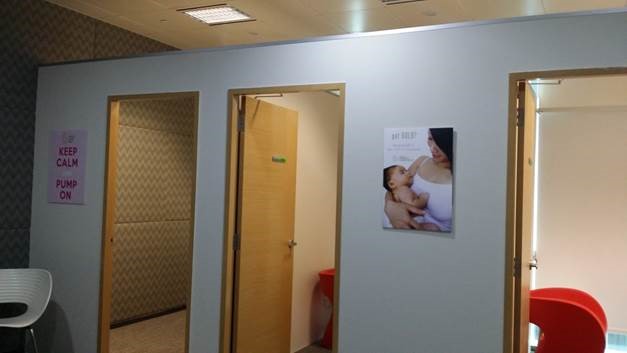
5. Explore flexi-work arrangements with your company
As you become a parent, you will go through a lot of life-changing experiences and one that is filled with emotions. You will be excited about the birth of your baby, nervous when it comes to caring for a new baby and worried when you have to leave your baby in the care of another!
Many parents experience parental separation anxiety when they have to leave their baby in the care of another caregiver. It can be stressful for some parents and at times, it might even affect their work performance. If there is a need, speak to your superior about the possibility of having a flexi-work arrangement such as working part-time, shorter work week, adjustment in working hours and even working from home.

Thiruselvi struggled to balance her time between working and taking care of her two children. She was 8 months pregnant with her third child when she received bad news that her second child, Shini, was diagnosed with brain tumour.
Her superior recommended a cancer specialist and allowed Thiruselvi to take advance maternity leave so she could accompany her daughter for radiation therapy. After she gave birth, her company extended her maternity leave by a month so she could spend more time with her newborn and Shini who was still undergoing physical therapy.
A month after Thiruselvi returned to work, Shini suddenly fell ill again. In the two months that followed till Shini’s death, Thiruselvi was thankful that her bosses not only gave her immediate leave to attend to her daughter in the hospital, the company even issued an advance loan to help her pay the medical bills before the insurance payouts arrived.
She subsequently nominated her colleagues for an NTUC award.
6. Subsidies for childcare fees
Looking for alternative care for your child? Good news for working mums!
Parents can currently enjoy up to $600 subsidy for infant care and up to $300 for child care services. Based on your household income, you may even be eligible for additional subsidies for childcare services!
Get more information on childcare subsidies and how you can cope with rising childcare fees.
7. Lower Foreign Domestic Worker (FDW) Levy
If you prefer to employ a full-time domestic helper to care for your child at home, you can apply for the Foreign Domestic Worker Levy Concession. This grant is applicable for families with a young child (up to 12 years old), aged elderly or caring for a family member with disabilities. To apply for this grant, fill up this Application for Foreign Domestic Worker Levy Concession.
Announced in Budget 2015, instead of the usual $120 concession levy, you will only have to pay $60!
8. Tax Reliefs
Reduce your assessable income by claiming the following tax reliefs. A lower assessable income means you pay less income tax!
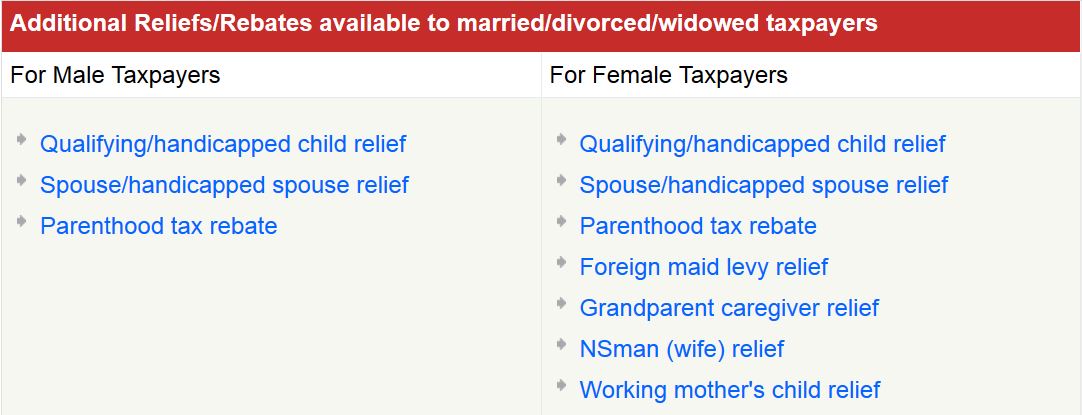 Source: iras.gov.sg
Source: iras.gov.sg
9. Parenthood tax rebate
After IRAS has determined how much income tax you have to pay, you can reduce this tax further with the Parenthood Tax Rebate (PTR).
The PTR can be shared among both parents. Any balance will be carried forward to the following year and beyond till it is fully utilised.
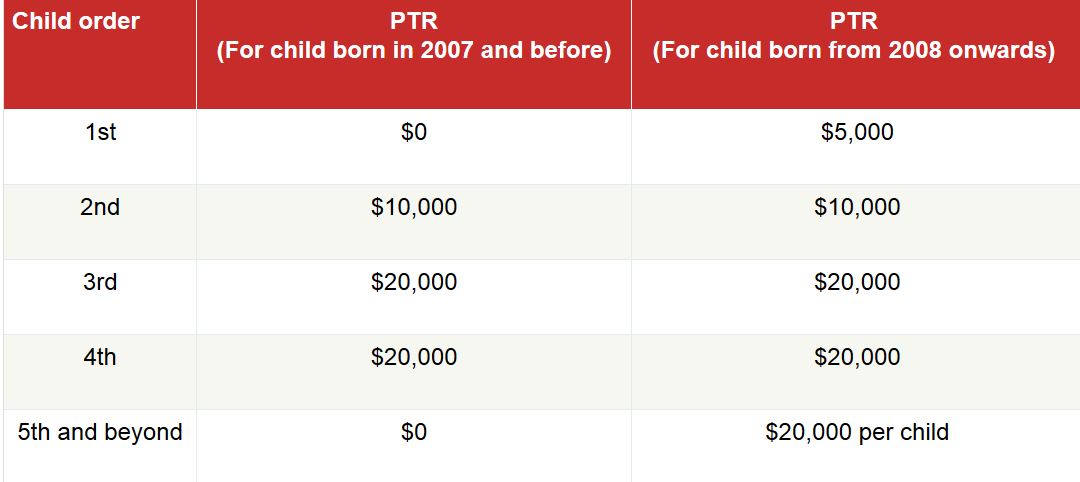 Source: iras.gov.sg
Source: iras.gov.sg
10. All working mums should be valued at work
You are no less an employee just because you have mummy responsibilities. Every mum should be valued for the work they can contribute, and not treated as a liability.
One mummy, Norashidah, had a difficult first trimester. She wanted to resign then from her job as a Senior Customer Relations Officer but her managers at SMRT Corporation encouraged her to stay. SMRT allowed her to take time off, work from home when she felt unwell and report to the office later.
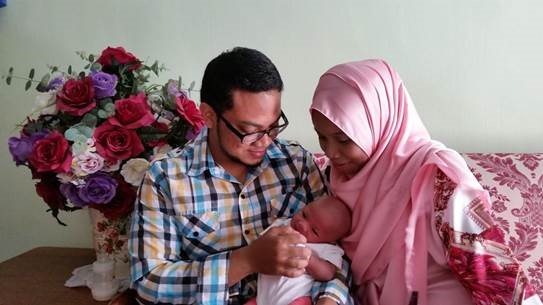 (Image source: NTUC)
(Image source: NTUC)
She said, “Employers should be more flexible towards expectant mothers because those nine months are not easy to go through.”
She advised pregnant mothers, “If you have problems, speak with your supervisor.” (source: NTUC This Week).
Mummies, you can also help yourself become a more valued employee by reading our 10 tips for working mums to prepare for going back to work after giving birth.
* * * * *
Like what you see here? Get parenting tips and stories straight to your inbox! Join our mailing list here.
Want to be heard 👂 and seen 👀 by over 100,000 parents in Singapore? We can help! Leave your contact here and we’ll be in touch.









































